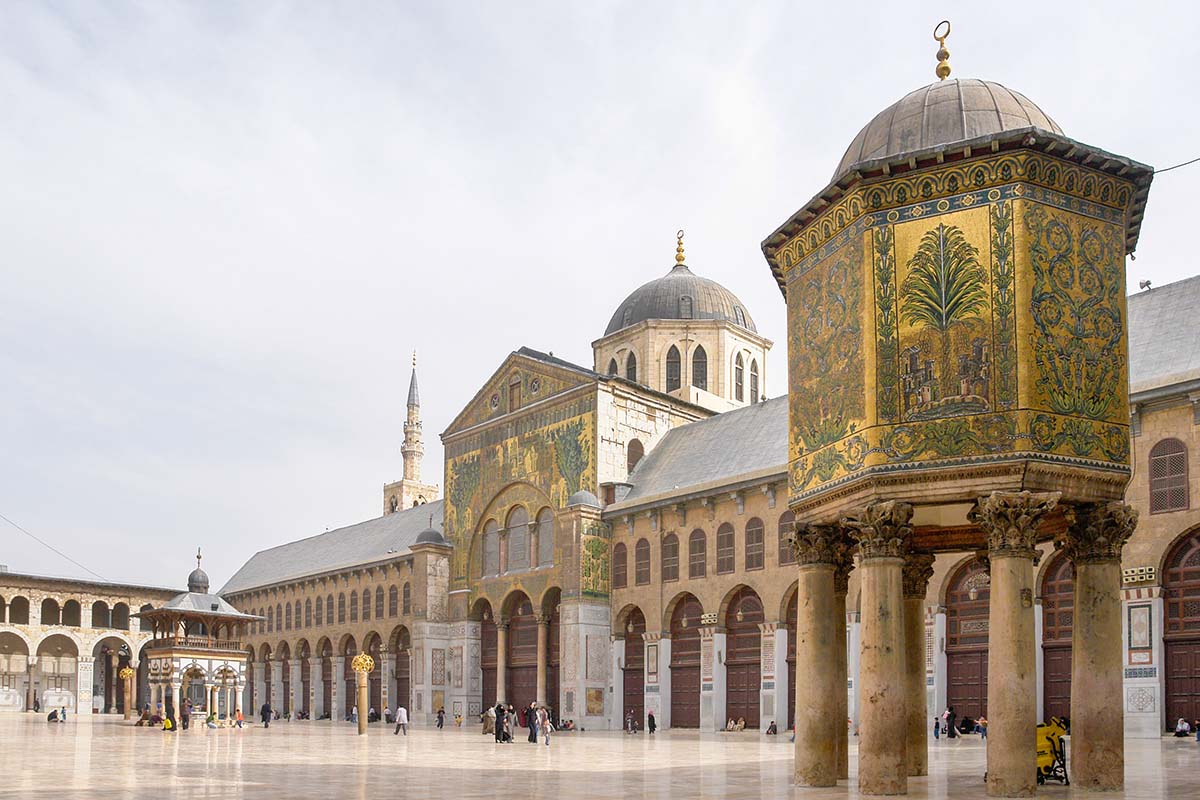
Following the Syrian rebels’ takeover of Damascus and approximately 70% of the country’s territory, rebel leader Abu Muhammad al-Julani is striving to establish a new regime in Syria to replace that of Bashar al-Assad’s. The fragile situation in Syria has become a source of deep concern for many nations — including Israel, the United States, Russia, and Turkey, all of which are closely monitoring developments. The primary fear is that these recent changes may lead to a power vacuum in Syria, providing jihadist organizations with fertile ground.
Over the past two weeks, al-Julani has sought to convey a message of moderation to the West, presenting himself in what could be described as a “softer version” in order to improve the image of his group, Hay’at Tahrir al-Sham (HTS). However, his jihadist fighters project a far more uncompromising stance.
This week, jihadist rebels released a video on social media declaring that after victory in Damascus and the rest of Syria, they will “liberate and conquer Jerusalem and its Al-Aqsa Mosque, as well as the Kaaba in Mecca, Saudi Arabia.”
The rebels’ bold statements follow the United Kingdom’s announcement that it is reconsidering its designation of HTS as a banned organization, and word from the U.S. government that it may be ceasing to list HTS as a terrorist organizations.
These responses from the U.S. and the U.K. exemplify typical Western naivety in the face of the new situation in Syria. It appears the West has again failed to learn from history, as previously in its dealings with Osama bin Laden, with al-Qaeda, and with the Taliban in Afghanistan.
In contrast, al-Julani seems to have learned from the mistakes of major jihadists who came before him, such as bin Laden of al-Qaeda and Abu Bakr al-Baghdadi of ISIS. Al-Julani represents a more modern and sophisticated version of these figures, learning from history and trying not to repeat their errors. Knowing his Islamist roots, could the West truly be so naïve?
A quintessential example of this western perspective can be found in the American intelligence assessments. According to U.S. intelligence, Jabhat al-Nusra, the predecessor of HTS, underwent significant transformation, distancing itself from ties with ISIS and becoming independent from al-Qaeda. Furthermore, American intelligence asserts that al-Julani is energetically working to improve HTS’s image and purging the organization of its more extreme elements.
The American opinion notwithstanding, al-Julani’s actions should be assessed from outside the typical Western perspective. One example of how different the facts are is his visit to the great Umayyad Mosque in Damascus. His triumphant arrival and worship there send his followers a clear message about his and his jihadist fighters’ agenda:
The conquest of Damascus, and worship in the Umayyad Mosque alongside the mausoleum of Salah ad-Din, who was one of Islam’s most renowned military leaders, speaks for itself. It is a symbol with an obvious meaning — true not to how al-Julani seeks to display himself in the western media, but to what his fighters proclaim.
Given the West’s misguided outlook, the Syrian case may turn out to replicate the scenario of the Taliban in Afghanistan. The Taliban group promised to adopt a more moderate policy. once it had captured Kabul, in 2021, but in practice, it imposed severe restrictions on women and strictly enforced Sharia law in all aspects of governance.
Moreover, ISIS has a presence in Syria as it had in Afghanistan — a lower-profile presence now for that jihadist organization, but a presence nonetheless. Despite its frictions with HTS and other factions, ISIS could exploit another such power vacuum to expand its foothold in Syria. In fact, this week ISIS reported executing 54 of Assad’s soldiers whom it captured as they attempted to flee Syria.
Thus a power vacuum in Syria could lead to the emergence of a “new Afghanistan” on Israel’s border—a scenario that may afford ISIS a resurgence like the one that followed the U.S. withdrawal from Afghanistan in 2021, after which ISIS–Khorasan Province became the group’s most lethal branch.
Such a scenario could intensify competition between ISIS and other jihadist factions and particularly against HTS, which is poised to form the foundation of Syria’s new government. Even more dangerously, a government with roots in a jihadist movement would rule Syria in accordance with jihadist ideology and policies.
It is worth noting that HTS also expressed support for the October 7 attacks. If it consolidates itself and achieves dominance across the border from Israel, it will dramatically increase the Syrian threat and heighten the likelihood of a similar attack — an assault like that of October 7, but this time targeting Israeli communities in the Golan Heights.
The article was originally published in Makor Rishon
The views expressed in this article are those of the author and do not necessarily represent the views of the movement




